IWT platform projects
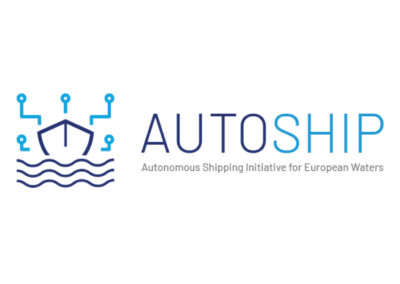
Autoship
Demonstrated enabling technologies for autonomous ships and improved methods for assessing and verifying autonomous shipping.
View Project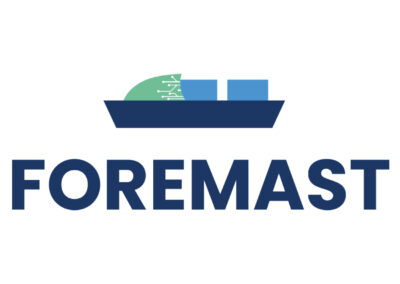
FOREMAST (Taskforce)
Focuses on automation, zero-emission energy, vessel design, and digital tools to revolutionize inland waterway transport with sustainable, efficient solutions.
View Project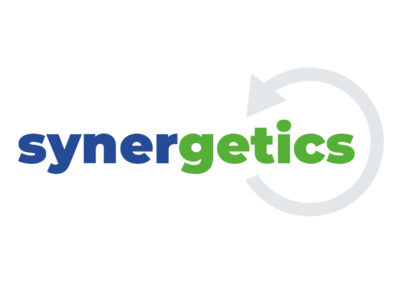
SYNERGETICS
Matches retrofit solutions for fleet greening with specific ship types, dimensions, and operational profiles.
View Project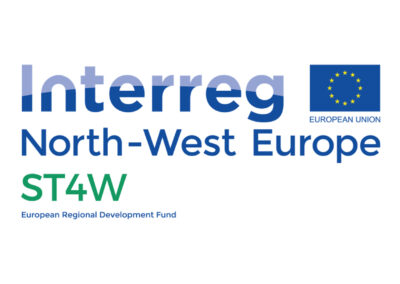
ST4W
Developed a shipment management solution enabling small stakeholders to access cheaper and more secure data, promoting a shift to inland water transport.
View Project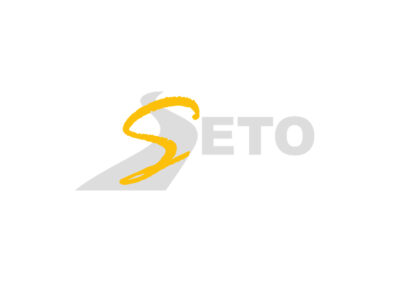
SETO
Provides a digital solution for authorities to access real-time data for smart enforcement of transport and safety regulations using a one-click principle.
View Project
SEAMLESS (Taskforce)
Develops automated, cost-effective, and resilient waterborne freight feeder services for short sea shipping and inland waterways.
View Project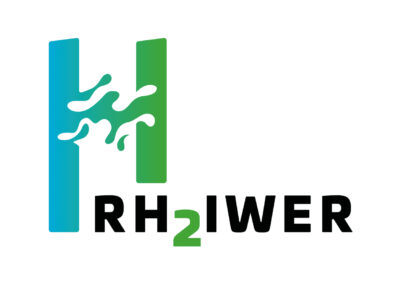
RH2IWER
Accelerates hydrogen fuel cell-powered vessels by demonstrating six vessels of various sizes and types, while also standardizing containerized fuel cell and hydrogen solutions.
View Project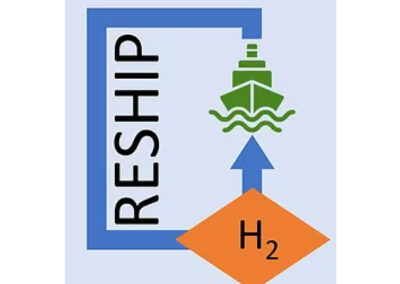
RESHIP
Redefines onboard energy-saving solutions for new and retrofitted vessels using disruptive technologies like energy-saving devices and hydrogen utilization.
View Project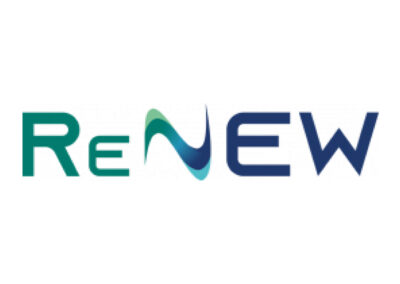
ReNew (Taskforce)
Develops a decision-support framework for greener inland waterway transport, using a digital twin model to optimize infrastructure and create smarter, sustainable solutions.
View Project
PLOTO (Taskforce)
Enhances inland waterway resilience by integrating climate scenarios, simulations, and real data for effective management in extreme conditions.
View Project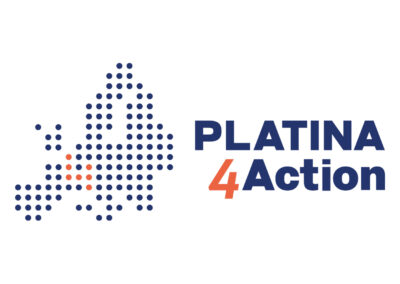
PLATINA4ACTION
Accelerates green, connected inland waterway transport through research, innovation support, and policy discussions focused on zero-emission and modal shift.
View Project
Platina3
Aimed to boost inland waterway transport (IWT) by making it competitive, safe, zero-emission, and integrated into synchromodal supply chains.
View Project
Pioneers
Four ports collaborate to meet Green Deal goals by implementing innovations in clean energy, sustainable design, modal shift, and digital transformation to reduce GHG emissions.
View Project
Path2Zero
Develops a digital twin of the inland shipping system to assess the efficiency of zero-emission strategies, considering vessels, logistics, and infrastructure for future scenarios.
View Project
Novimove
Closed gaps in the Rhine-Alpine Corridor, boosting freight by 30% and improving inland waterway transport reliability through better infrastructure use.
View Project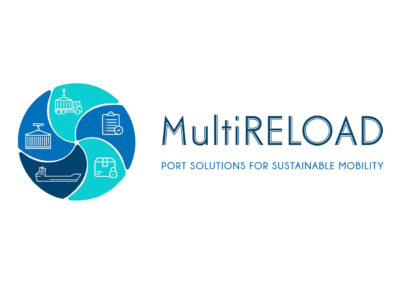
MULTIRELOAD (Suggested)
Drives emission-neutral shipping and multimodal transport by reducing road freight, improving freight node cooperation, and showcasing smart logistics and innovative business models.
View Project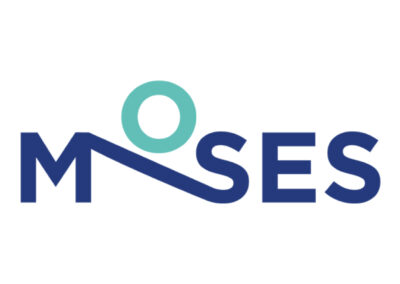
MOSES
Enhanced short sea shipping by reducing berth time for large containerships and promoting feeder services to small ports, using hybrid electric vessels and autonomous docking innovations.
View Project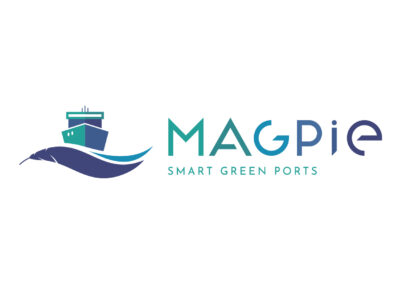
MAGPIE
Accelerates the introduction of green energy carriers and port logistics optimization through automation and autonomous operations in a living lab environment for multimodal transport.
View Project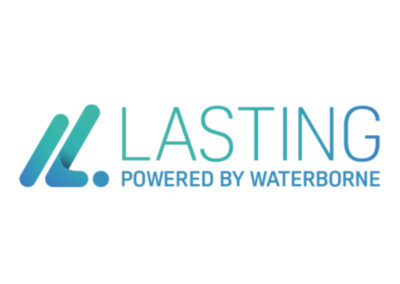
Lasting
Establishes a communication strategy for EU waterborne RD&I to broaden engagement and enhance the impact of research and innovation.
View Project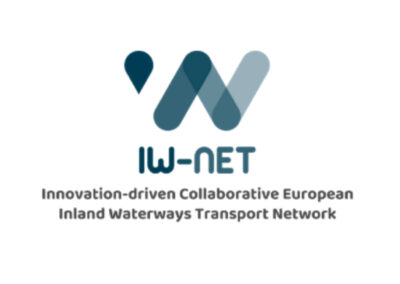
IW-Net
Worked to increase the IWT modal share and reduce greenhouse gas emissions within inland waterway transport.
View Project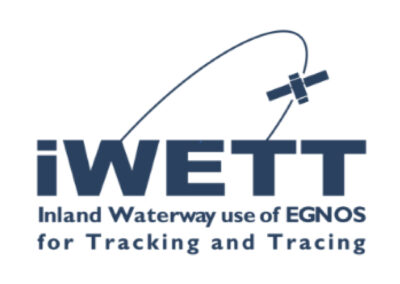
IWETT (Taskforce)
Promotes the adoption of EGNOS-based services for inland waterway transport in Hungary, Germany, and Spain.
View Project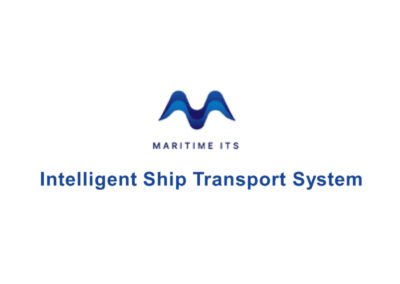
ISTS
Develops a maritime intelligent transport framework, focusing on ship-to-shore communication and ISO 28005 standards with international partners.
View Project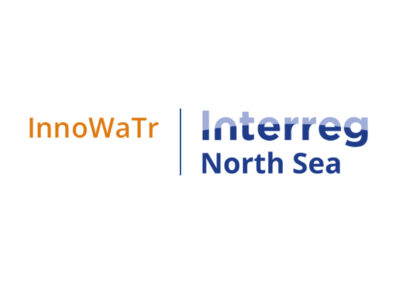
InnoWatr
Aims to green eight IWT freight streams, foster collaboration, unlock business opportunities, and form Freight Flow Coalitions across eight regions.
View Project
GRIP
Supports European inland ports in becoming zero-emission, sustainable hubs by assessing environmental impact and promoting waterway transport for urban mobility.
View Project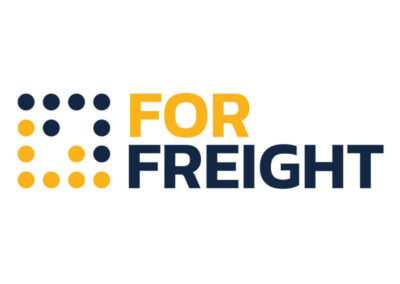
For-Freight
Maximizes multimodal freight transport capacity and reduces costs through novel solutions integrated with existing logistics systems.
View Project
Flagships
Advances zero-emission water transport by designing four hydrogen fuel cell vessels and demonstrating two in Paris and Rotterdam.
View Project
Fastwater
Develops and demonstrates methanol technology with retrofit kits and engines for various vessels, including a tug, pilot boat, and a methanol-powered river cruiser.
View Project
ENTRANCE
Connected solution providers with buyers and financial options, increasing the adoption of clean mobility innovations while reducing acquisition risks.
View Project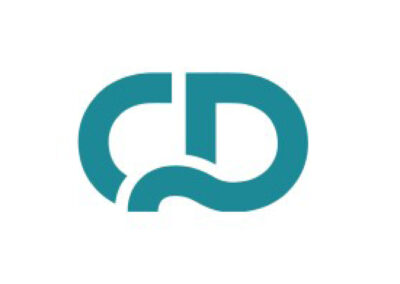
Current Direct
Developed an innovative, interchangeable battery system for waterborne transport and created an Energy-as-a-Service platform.
View Project
Cristal (Taskforce)
Increases inland waterway freight by 20% and improves reliability by 80% through collaboration, digitalization, and resilient transport corridors.
View Project
COMEX2 (Taskforce)
Expands and optimizes EuRIS services, making the organizational and legal framework more flexible for sustainable operations.
View Project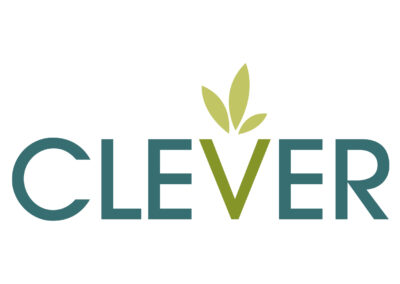
Clever
Develops harmonized GHG emission factors for all transport modes and fuel types, providing clear guidelines for emission accounting.
View Project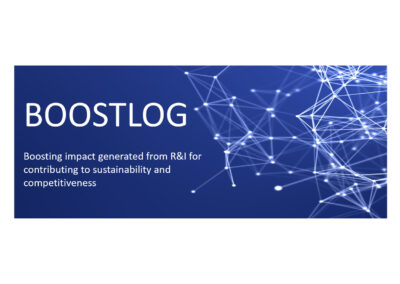
Boostlog
Strengthened the regional and EU research ecosystem and accelerated the uptake of innovation to support key policy objectives.
View Project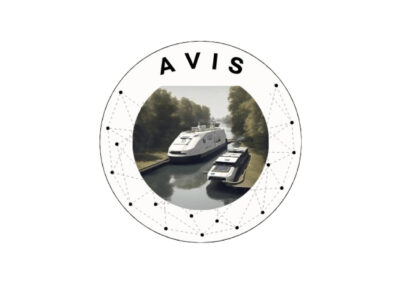
AVIS (Taskforce)
Increases forecasting accuracy and vessel positioning for autonomous ships to optimize routes and improve safety.
View Project
AUTOFLEX (Taskforce)
Develops autonomous cargo vessels for small waterways and designs hubs for emission-free transport and energy supply.
View Project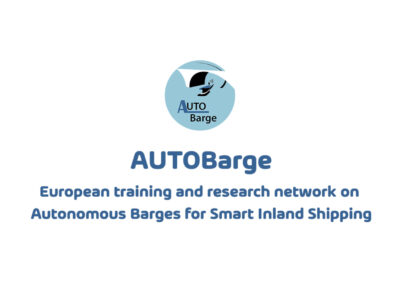
AUTOBarge
Builds a skilled workforce for autonomous inland waterway transport and develops essential technologies for autonomous vessels.
View Project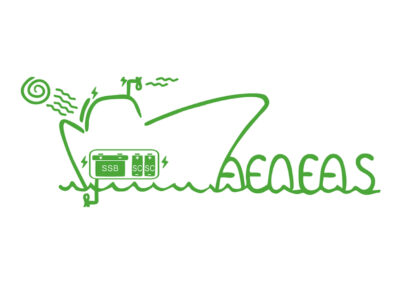
AENEAS
Contributes to climate-neutral water transport with three new next-generation energy storage solutions.
View Project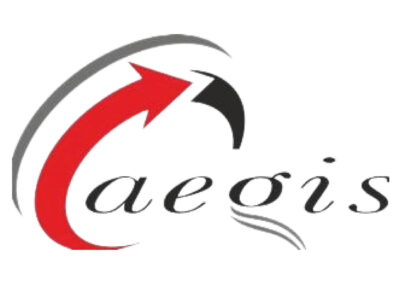
Aegis
Promotes modal shift from road to water transport to improve sustainability and efficiency.
View Project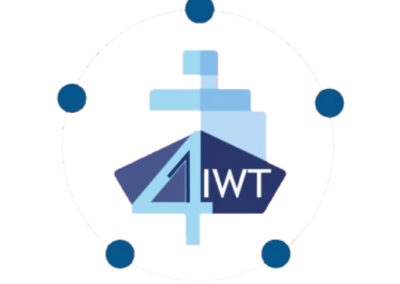
1s4iwt
Develops a learning system to ensure continuity in education and training by connecting e-learning platforms with the INeS system for inland navigation.
View Project
Autoship
Demonstrated enabling technologies for autonomous ships and improved methods for assessing and verifying autonomous shipping.
View Project
FOREMAST (Taskforce)
Focuses on automation, zero-emission energy, vessel design, and digital tools to revolutionize inland waterway transport with sustainable, efficient solutions.
View Project
SYNERGETICS
Matches retrofit solutions for fleet greening with specific ship types, dimensions, and operational profiles.
View Project
ST4W
Developed a shipment management solution enabling small stakeholders to access cheaper and more secure data, promoting a shift to inland water transport.
View Project
SETO
Provides a digital solution for authorities to access real-time data for smart enforcement of transport and safety regulations using a one-click principle.
View Project
SEAMLESS (Taskforce)
Develops automated, cost-effective, and resilient waterborne freight feeder services for short sea shipping and inland waterways.
View Project
RH2IWER
Accelerates hydrogen fuel cell-powered vessels by demonstrating six vessels of various sizes and types, while also standardizing containerized fuel cell and hydrogen solutions.
View Project
RESHIP
Redefines onboard energy-saving solutions for new and retrofitted vessels using disruptive technologies like energy-saving devices and hydrogen utilization.
View Project
ReNew (Taskforce)
Develops a decision-support framework for greener inland waterway transport, using a digital twin model to optimize infrastructure and create smarter, sustainable solutions.
View Project
PLOTO (Taskforce)
Enhances inland waterway resilience by integrating climate scenarios, simulations, and real data for effective management in extreme conditions.
View Project
PLATINA4ACTION
Accelerates green, connected inland waterway transport through research, innovation support, and policy discussions focused on zero-emission and modal shift.
View Project
Platina3
Aimed to boost inland waterway transport (IWT) by making it competitive, safe, zero-emission, and integrated into synchromodal supply chains.
View Project
Pioneers
Four ports collaborate to meet Green Deal goals by implementing innovations in clean energy, sustainable design, modal shift, and digital transformation to reduce GHG emissions.
View Project
Path2Zero
Develops a digital twin of the inland shipping system to assess the efficiency of zero-emission strategies, considering vessels, logistics, and infrastructure for future scenarios.
View Project
Novimove
Closed gaps in the Rhine-Alpine Corridor, boosting freight by 30% and improving inland waterway transport reliability through better infrastructure use.
View Project
MULTIRELOAD (Suggested)
Drives emission-neutral shipping and multimodal transport by reducing road freight, improving freight node cooperation, and showcasing smart logistics and innovative business models.
View Project
MOSES
Enhanced short sea shipping by reducing berth time for large containerships and promoting feeder services to small ports, using hybrid electric vessels and autonomous docking innovations.
View Project
MAGPIE
Accelerates the introduction of green energy carriers and port logistics optimization through automation and autonomous operations in a living lab environment for multimodal transport.
View Project
Lasting
Establishes a communication strategy for EU waterborne RD&I to broaden engagement and enhance the impact of research and innovation.
View Project
IW-Net
Worked to increase the IWT modal share and reduce greenhouse gas emissions within inland waterway transport.
View Project
IWETT (Taskforce)
Promotes the adoption of EGNOS-based services for inland waterway transport in Hungary, Germany, and Spain.
View Project
ISTS
Develops a maritime intelligent transport framework, focusing on ship-to-shore communication and ISO 28005 standards with international partners.
View Project
InnoWatr
Aims to green eight IWT freight streams, foster collaboration, unlock business opportunities, and form Freight Flow Coalitions across eight regions.
View Project
GRIP
Supports European inland ports in becoming zero-emission, sustainable hubs by assessing environmental impact and promoting waterway transport for urban mobility.
View Project
For-Freight
Maximizes multimodal freight transport capacity and reduces costs through novel solutions integrated with existing logistics systems.
View Project
Flagships
Advances zero-emission water transport by designing four hydrogen fuel cell vessels and demonstrating two in Paris and Rotterdam.
View Project
Fastwater
Develops and demonstrates methanol technology with retrofit kits and engines for various vessels, including a tug, pilot boat, and a methanol-powered river cruiser.
View Project
ENTRANCE
Connected solution providers with buyers and financial options, increasing the adoption of clean mobility innovations while reducing acquisition risks.
View Project
Current Direct
Developed an innovative, interchangeable battery system for waterborne transport and created an Energy-as-a-Service platform.
View Project
Cristal (Taskforce)
Increases inland waterway freight by 20% and improves reliability by 80% through collaboration, digitalization, and resilient transport corridors.
View Project
COMEX2 (Taskforce)
Expands and optimizes EuRIS services, making the organizational and legal framework more flexible for sustainable operations.
View Project
Clever
Develops harmonized GHG emission factors for all transport modes and fuel types, providing clear guidelines for emission accounting.
View Project
Boostlog
Strengthened the regional and EU research ecosystem and accelerated the uptake of innovation to support key policy objectives.
View Project
AVIS (Taskforce)
Increases forecasting accuracy and vessel positioning for autonomous ships to optimize routes and improve safety.
View Project
AUTOFLEX (Taskforce)
Develops autonomous cargo vessels for small waterways and designs hubs for emission-free transport and energy supply.
View Project
AUTOBarge
Builds a skilled workforce for autonomous inland waterway transport and develops essential technologies for autonomous vessels.
View Project
AENEAS
Contributes to climate-neutral water transport with three new next-generation energy storage solutions.
View Project
Aegis
Promotes modal shift from road to water transport to improve sustainability and efficiency.
View Project
1s4iwt
Develops a learning system to ensure continuity in education and training by connecting e-learning platforms with the INeS system for inland navigation.
View ProjectKey Benefits of the Platform
- Optimized Project Execution: The platform ensures that RD&I projects are carried out more effectively through improved stakeholder engagement, streamlined dissemination, and impactful communication strategies.
- Knowledge Sharing: A space for exchanging documents and insights, enabling participants to learn from each other and increase the collective knowledge base on inland waterway transport innovation.
- Amplified Impact: By issuing joint statements and recommendations, the platform provides a consolidated voice to advocate for future RD&I needs and policy changes that address market barriers and support technology adoption.
- Increased Visibility: Through online channels such as a dedicated website and LinkedIn, the platform helps projects gain greater recognition and outreach within the IWT community and beyond.
Objectives
The IWT Projects Cooperation Platform aims to:
- Enable Synergies: Create connections between ongoing projects, particularly in technical areas, by providing a comprehensive overview of European Union-funded projects and mapping commonalities and gaps across themes, market segments, and geographical scopes.
- Facilitate Thematic Focus Groups: Organize task forces on key themes such as zero-emission innovations, offering a forum for discussing barriers, best practices, and feedback from RD&I efforts.
- Support Event Planning and Stakeholder Involvement: Coordinate joint consultations and engagement with relevant stakeholders, maintaining an up-to-date list of key players and events related to IWT.
- Boost Dissemination and Exploitation: Enhance the visibility and impact of project results through joint events like “IWT RD&I Projects Week” and shared communication channels, including a platform website and social media presence.
Scope
The platform primarily focuses on RD&I projects funded by the European programme Horizon Europe, covering areas such as Zero Emission Waterborne Transport (ZEWT), logistics, human resources, digitalisation, clean hydrogen, and battery technologies. Additionally, it includes other EU-supported initiatives like Connecting Europe Facility, Innovation Fund, INTERREG, and LIFE projects, as well as nationally funded RD&I projects with substantial budgets.
By providing an efficient cooperation environment for these projects, the IWT Projects Cooperation Platform aims to accelerate the transition towards greener and more efficient inland waterway transport solutions.
